It's no secret that life on Earth is highly influenced by the sun. It affects everything - climate zones, the length of day and night, food for all living creatures. People of many cultures used to worship Sun as a God that created all life on Earth.
Ancient Greeks had a beautiful myth about Helios he drove his golden chariot up to haven, spreading light on the skies and although the horses were wild, he never lost his course. One day his young son Faeton took the chariot for a drive, but couldnÂt hold the horses and they came too close to Earth, causing climate over-warming and wild fires. Actually, this myth could imply that the global warming we are so worried about these days could have happen in the past as well.
But enough said about the past - this introduction is only here to show the importance of the sun and the way it affects everything. From now on we concentrate on the way an architect is dealing with the sunlight  whether he wants to protect the house from it or to enhance its presence.
The ideal positioning of the house is different in various parts of Australia. And if in the north (Darwin) the main concern is hiding from the sun, in the south (Melbourne) we need to think of a way to keep the sunlight in our house.
To keep sunlight in the house means both letting it in and making it stay there for as long as possible. In the past, before people learned about glass, they used ox bladder to replace glass in the windows. But nowadays we have most elegant sealed insulating glass units  which basically two layers of glass with vacuum in between.
The reason for the 2 layers of glass is the hothouse effect, which lets the sunÂs warmth in and doesnÂt let it out, no matter what is the difference between the temperatures inside and outside the house.
So when we build a house in the south of Australia, we would want to keep the heat in summer and hide from it in winter. One option is to have as many windows as we can face north-east or north-west and no windows on southern walls. As for protection from the sun we will use an external structure, because those means of protection are much more efficient than internal, such as curtains or blinds.
Another thing to be said about sun is that its light varies in intensity during different times of day  less intense in the morning, blazing heat in the midday and quite strong until the dusk.
This is why we should plan bedrooms and nurseries to face north-east, this way they would get most of the sun light in the mornings. IsnÂt it a great feeling to wake up to the first rays of morning sun?
Living room, kitchen, meals area and study are best to be facing north and north-west. As for garages, bathrooms and toilets, powder rooms sun makes no difference.
Another option is to build your house is with most of windows facing south or south-east  those rooms will be the coolest in the house. Just a few rays of morning sun would enter through the south-east oriented windows, and all south-facing windows will get is a diffused light (very good for art galleries with artificial lighting).
Moving north, when your house is in the tropical climate all you think about is how to hide away from sun which is everywhere. Our builders didnÂt waste any time during the last century  they have learned how to use lot of materials to protect the house from sun, such as concrete, metal, ceramics, glass, fabrics and plastic.
Glass of different colors blocks sun very well, metal lattices around windows are also efficient and concrete embrasures on the façade take all the heat so none enters the house.
Adding ceramics to the concrete makes it rich in color and plastic is indispensable where blinds are concerned. There are many types of blinds  vertical, roman, roller blinds and all of them have become an integral part of any modern house.
So house in the northern part of Australia is a house in tropics, which means that it should have as many walls with little windows or no windows at all. Let the breeze in  plan some open spaces such as galleries and corridors for the air to circulate through. Add sun-blocking lattices and blinds, have terraces and balconies covered. ItÂs best that the windows face south or south-east, but if that is not possible  add visors above them. Wide-crowned trees also work well creating lots of shade and making bedrooms feel more comfortable. If you have a pool, use a moving plastic see-through cover for it - works well to protect you from blazing midday sun.
Anthony Braun is a civil engineer with more than 40 years of experience in designing residential and commercial buildings in Europe. He is a featured author of real estate blog HomeIown.com, where his contribution is much appreciated. To read more of his articles, visit http://www.homeiown.com.
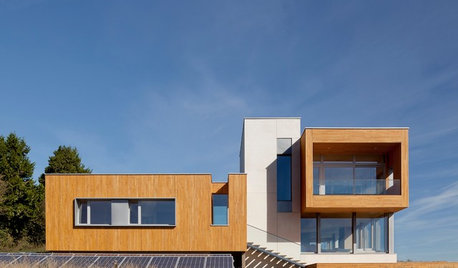
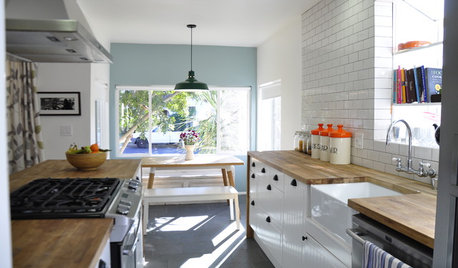
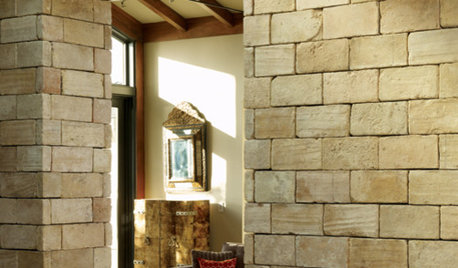
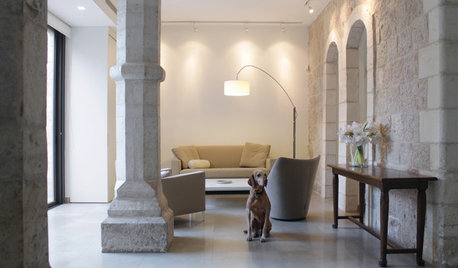
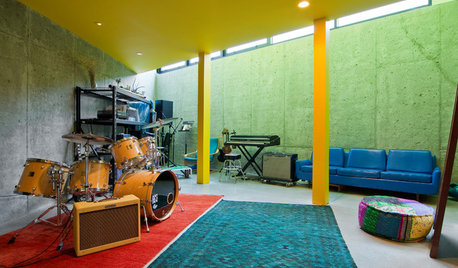
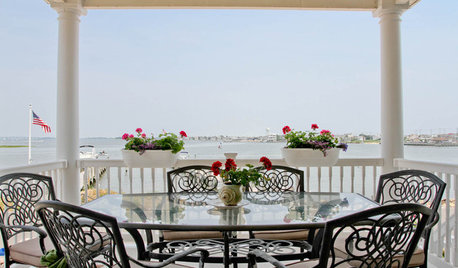

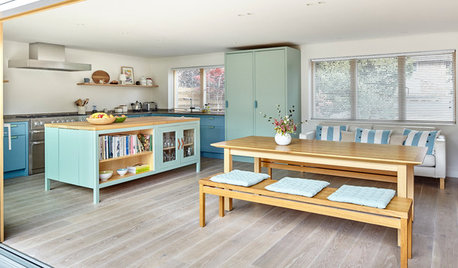
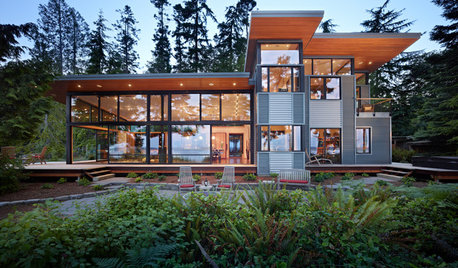
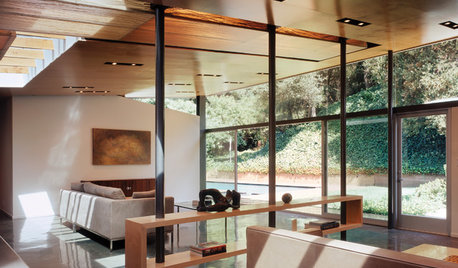




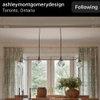
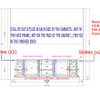
Jon1270
frankjones5
Related Discussions
Fir flooring - how will sunlight affect it?
Q
Question about natural light
Q
Low Natural Light - Share Your Paint Pics!
Q
What colors worked in your NW-facing low-natural-light rooms?
Q
dallasbill
soreadalready